Scientific facilities
Pilot Plants Facilities
High-flux solar simulators of 7 and 42 kW. Surface treatment and synthesis of materials. Advanced solar concentration optics. Solar receivers and reactors. Thermal fluids for high temperature applications. Characterisation techniques for high radiation fluxes, high temperaturas and simulation tools.
Smart energy integration lab. Real-time emulation of AC and DC power networks and microgrids. Development of optimal dispatch algorithms for energy resource management. Stability analysis, power quality and control strategies for microgrids and power electronics converters. Renewable and storage integration to power network.
Test installation for batteries and electrochemical capacitors with various assay protocols in DC and AC. Simulation of demand cycles in powers from 0.3 to 30 kW under controlled temperature and humidity.
Photosynthetic microorganisms lab in open and closed photobioreactors with versatile and flexible configuration.
Pyrolysis & HydroDeOxygenation pilot plant (thermal or catalytic) on fluidised bed reactor and hydrodeoxygenation on fixed bed reactor.
Laboratorio de Difracción de Rayos X.
Solar field consisting of 169 heliostats, 3 m2 each, with an experimental platform located on top of a 18 m height tower. This facility allows testing receivers, reactors and materials up to 250 kW thermal power under irradiances above 2500 kW/m2.
Instrumental Techniques
- Near-ambient pressure (NAP) XPS which allows the in situ characterisation of photocatalytic processes under illumination at different gas atmospheres and pressures up to 25 mbar.
- Chemical characterization techniques: mass spectrometry, gas/mass chromatography, elemental analysis ICP- OES and CHONS.
- Thermogravimetric analysis (TG-DTA) in oxidising (air), inert (Ar) or reductive (10% H2/Ar) atmospheres.
- Properties of solids: textural and chemisorption.
- X-ray diffraction with structural PDF analysis and controlled atmosphere chamber up to 900 °C and 10 bar.
- Spectroscopy: IR (DRIFT, ATR and VEEMAX), UV-vis-NIR, Raman and fluorescence.
- Thermal diffusivity determination.
- Biotechnological characterisation techniques: GC, HPLC equipped with different columns and detectors (IR, MS, UVVIS, HPAEC-PAD), electrophoresis instrumentation for recombinant DNA technology, protein purification and analysis
- High-resolution field emission scanning electron microscope (FE-SEM) with transmission detector (STEM)
This equipment is co-financed by:
– The European Regional Development Fund (ERDF) of the European Union at 50%, within the 2018 call for grants for the acquisition of scientific-technical equipment corresponding to the State Sub-programme for Research Infrastructures and Scientific-Technical Equipment (State R&D&I Plan 2017-2020) of the Ministry of Science, Innovation and Universities with project reference number EQC2018-005050-P.
– The State Research Agency in the framework of the 2019 call for the granting of accreditations and public aid for “Severo Ochoa Centres of Excellence” and “María de Maeztu Units of Excellence” of the State Programme for the Generation of Knowledge and Scientific and Technological Strengthening of the R&D&I System, State Sub-programme for Institutional Strengthening, within the framework of the State Plan for Scientific and Technical Research and Innovation 2017-2020, with project reference number CEX2019-000931-M.

- Transmission electron microscope 120 Kv
This equipment is co-financed by:
– VIRMOF-CM project, “Immuno/chemo-active nanoMOFs for anti-COVID lung multitherapy”, action financed through the AGREEMENT SIGNED BETWEEN THE COMMUNITY OF MADRID (MINISTRY OF EDUCATION, UNIVERSITIES, SCIENCE AND PORTAVOCIA) AND THE IMDEA ENERGY FOUNDATION FOR THE DIRECT GRANTING OF A SUPPORT OF 1. 1,065,000 TO FINANCE RESEARCH ACTIVITIES ON SARS-COV 2 AND COVID-19 DISEASE, FINANCED WITH REACT-EU RESOURCES FROM THE EUROPEAN REGIONAL DEVELOPMENT FUND.
– The State Research Agency in the framework of the 2019 call for the granting of accreditations and public aid for “Severo Ochoa Centres of Excellence” and “María de Maeztu Units of Excellence” of the State Programme for Knowledge Generation and Scientific and Technological Strengthening of the R&D&I System, State Sub-programme for Institutional Strengthening, within the framework of the State Plan for Scientific and Technical Research and Innovation 2017-2020, with project reference number CEX2019-000931-M.

Simulation and Modelling Tools
- Aspen Plus for chemical process analysis and optimization.
- SuperPro designer: simulation of biochemical processes.
- EBSILON Professional for simulation of thermodynamic cycle processes and power plants.
- STEC/TRNSYS for dynamic simulation of solar termal power plants.
- Simapro 7.2 Professional for life cycle assessment (LCA) and carbon footprinting.
- GaBi Professional and DEA-Solver Pro for sustainability analysis.
- LEAP software for energy planning and thermal fluid dynamics.
- Matlab-Simulink for process simulation and data processing.
- PLECS: simulation of circuits in power electronics.
- LabVIEW for data acquisition, process control and calorimetric loops.
- SolidWorks for 3D computer-aided design.
- COMSOL Multiphysics for CFD analysis.
- Tracepro for ray tracing simulation of solar systems.
- Chemcraft, GAUSSIAN® and VASP® for computational chemistry.


